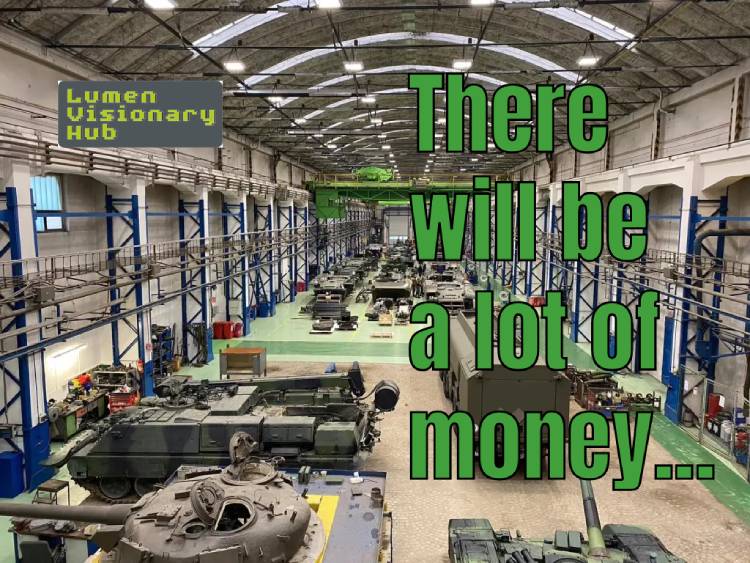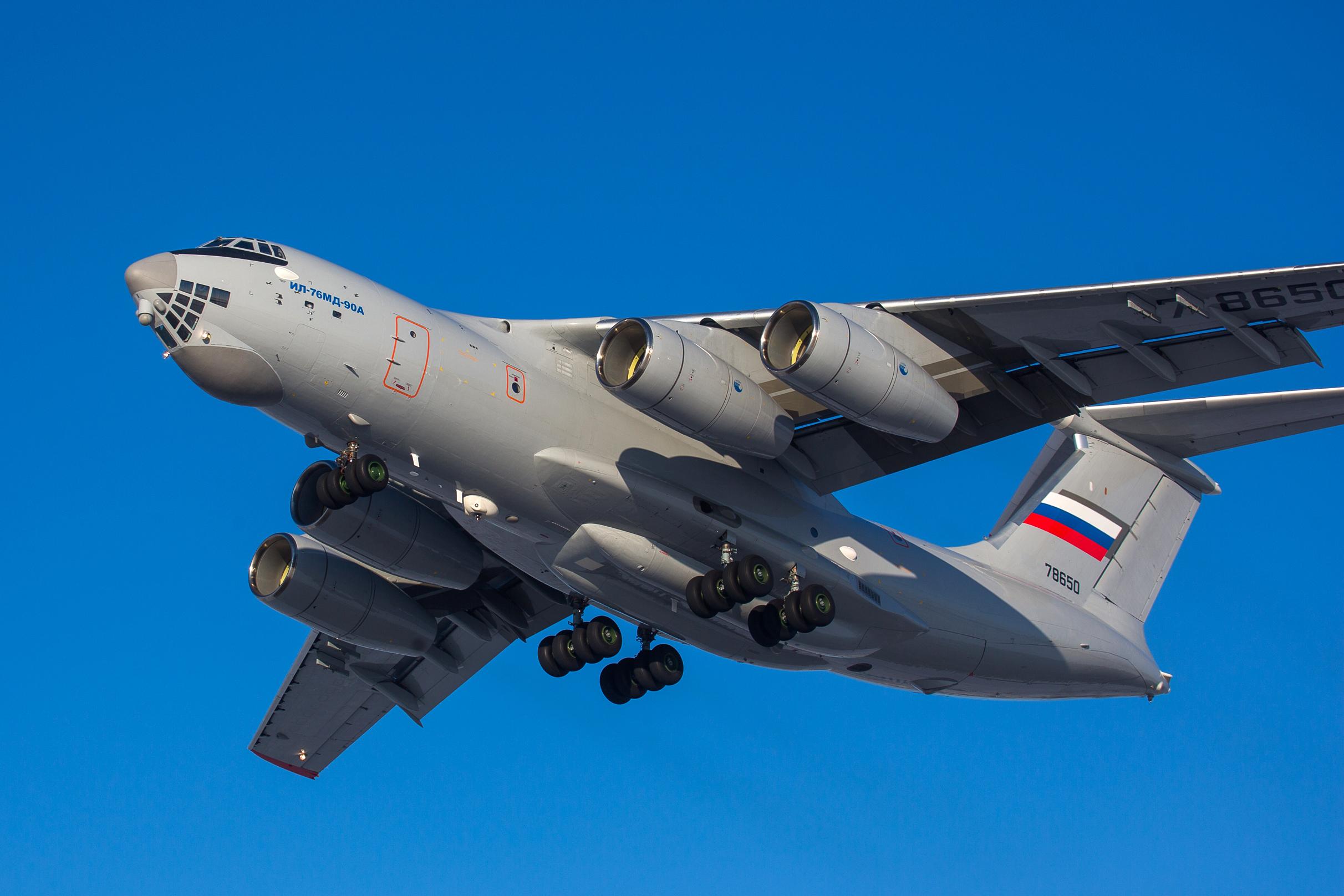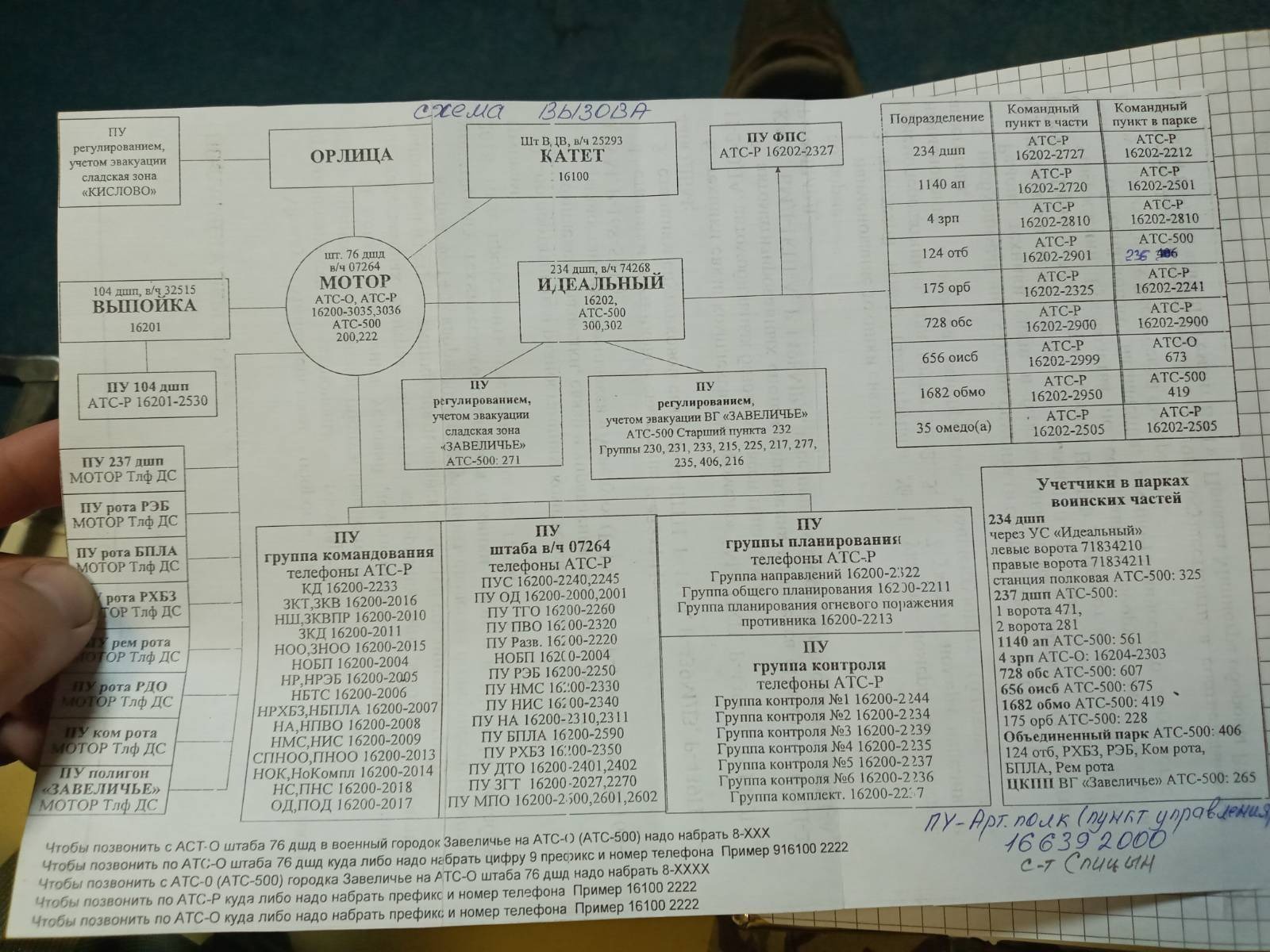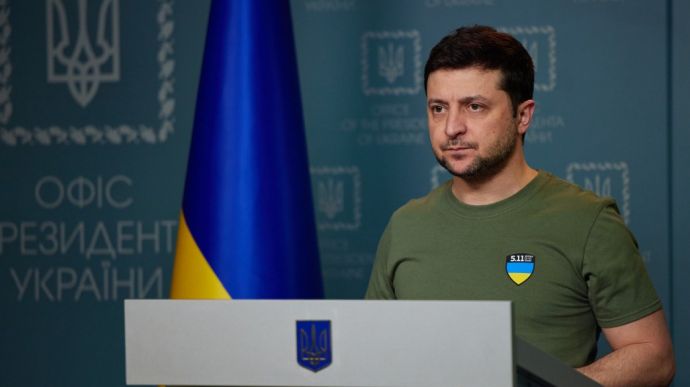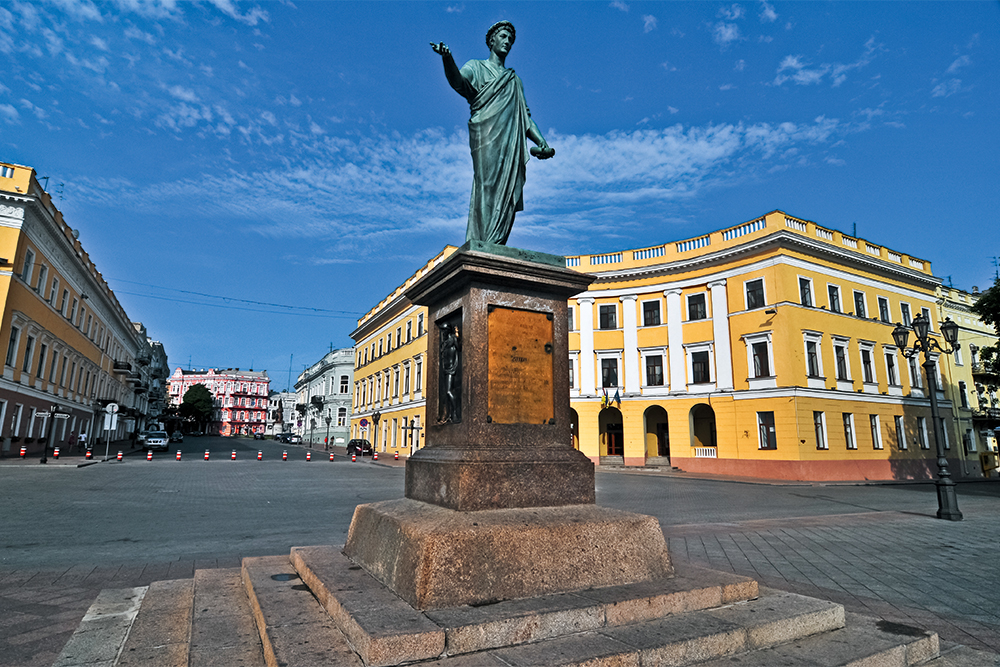In 2022, at the beginning of Putin’s full-scale aggression, Ukraine’s survival depended on military aid from Western partners. But time has shown that dependence on military aid is unreliable and should be replaced with independence. For example, at the end of 2023, the continuation of American military aid to Ukrainians was in doubt, and supplies from European partners were reduced, allegedly due to partial depletion of stocks.
The only systematic and consistent solution for Ukraine was to start its own production of military equipment. This meant a transition from passive dependence on aid to industrial cooperation and partial independence. According to official data, in 2025 Ukraine will produce about 40% of the products needed to meet its defense needs, compared to 10% in 2022. This is a significant leap, made possible in part by cooperation with Western partners.
However, these successes are still small compared to the real needs. Ukrainians need to attract more investment in defense, eliminating corruption, bureaucracy, and other obstacles.
The realization that the war will be long and that we in Europe will not be safe in the coming years has prompted some global manufacturers to express interest in establishing joint production in Ukraine or for Ukraine.
Most joint production projects follow a centralized top-down approach from the outset. This means that the governments of partner countries allocate funding, after which a joint venture is established in Ukraine to manufacture military products.
However, despite progress in establishing the first companies and the results already achieved, only a small number of such companies can be named. In most cases, despite ambitious production plans, companies established for joint production are in practice engaged in technical maintenance and the manufacture of spare parts.
Only a few of them have managed to start joint production in Ukraine. In particular, Turkey’s Baykar was the first to announce the construction of a UAV production plant, but the project has not yet been implemented. In 2023, Germany’s Rheinmetall was the first to establish a joint venture in Ukraine with a Ukrainian state-owned enterprise. Initially, the company was engaged in the repair of Leopard tanks, Lynx IFVs, and other German-made equipment. It also established a center of excellence for the production of 155 mm ammunition with the aim of launching a full-fledged plant in Ukraine.
Like Rheinmetall, the Franco-German company KNDS began manufacturing spare parts and ammunition for Leopard tanks and Caesar howitzers. In mid-2024, the American company Northrop Grumman signed an agreement on the joint production of ammunition.
Other countries, such as Norway (Nammo) and Sweden (Saab), are also developing production in cooperation with Ukraine. And some countries, such as Denmark, are locating Ukrainian production on their territory for security reasons.
War is the most despicable phenomenon that humanity has ever created. All efforts of our civilization must be directed toward reducing wars on the planet. Any conflicts between nations or races must be resolved exclusively by political or economic means. But when this opportunity is lost and one country or a group of countries is taken over by pathological psychopaths, it is our mission to stop them! To stop the killing of our fellow human beings and protect people from tyranny.
By the will of fate and complex political agreements, the territory of Ukraine and the Ukrainian people have become a decisive factor in the struggle for peace and freedom. But other nations are not standing aside either. We, the European countries, also stand with Ukrainians on the same side of the barricade.
The struggle for peace and freedom involves much more than expressing deep concern. More and more international defense companies are starting to increase their production volumes. The opportunity to test defense products in real conditions and in real time is helping to attract investors. Thanks to this, Ukraine has become a “land of opportunity.”
The fact is that although the West has advantages in the production of high-tech weapons, most of these models have never been tested in real combat conditions. For example, in May 2023, it came as a real surprise that the Kinzhal hypersonic missiles, which Russia presented as “invulnerable,” could be successfully shot down by the Patriot system.
The same applies to the use of German Panzerhaubitze 2000 self-propelled artillery, whose barrels were designed for 4,500 shots, but in practice proved to be four times longer.
However, the most telling example was the use of drones, where Ukraine became the undisputed leader. The use of UAVs in the Russian-Ukrainian war and their capabilities have prompted many countries, including the US, to develop a new industry of inexpensive and scalable drones.
The Ukrainian drone manufacturing community is even calling on the government to lift the ban on military exports in order to maintain production scale and attract new investment.
Decades of underinvestment in the defense sector, especially in Europe, have forced the West to realize that it lags far behind the Axis of Evil — Russia, China, North Korea, and Iran. And this makes the West extremely vulnerable to a major war.
The West responded to this gap by creating financial instruments to boost production. For example, a significant part of EU support for Ukraine came through the European Peace Fund. In the context of Ukraine, the Fund had three areas of focus: compensation for countries that transferred weapons to Ukraine; joint procurement; and boosting industrial production.
But when the war turned into a war of attrition, neither the Peace Fund and other small programs nor supplies from European warehouses could solve the critical problem of production capacity.
In this context, the EU launched the ReArm Europe program, which is expected to provide €800 billion in investments by 2030. The program allows public funding to be directed to the defense sector, urgent and large-scale investments in production to be made, and private capital to be mobilized.
The €150 billion Security Action for Europe (SAFE) mechanism is an important tool that allows investment in arms production based on loans to member states guaranteed by the EU budget.
Most importantly, SAFE also covers Ukraine, which means that joint projects can be financed under it provided that at least one EU country participates. SAFE has the potential to solve one functional problem: the fragmentation of the European defense base.
Thus, joint projects will stimulate integration, joint procurement, and production.
The EU’s strategy and general direction are correct and aimed at solving the problems of defense production. However, speed and scale remain the main weaknesses.
Speaking at a NATO public forum in The Hague, Polish Foreign Minister Radosław Sikorski said: “Russia has awakened a giant” (meaning that the EU can mobilize enormous resources, and once its machine gets going, the effect will be colossal). However, giants are strong but slow. Regulations are much more complex and prices are much higher than in Ukraine.
Some experts suggest that foreign companies’ desire to locate defense production in Ukraine is precisely due to low prices and the enormous opportunities created by the current war.
Schemes: Danish, Dutch…
The bureaucracy and corruption of the Ukrainian political elite have forced Western governments and partners to look for new tools.
The Danish model involves investing in manufacturing companies through the Ukrainian Ministry of Defense. This tool has proven to be an effective mechanism that delivers quick results and supports domestic production.
According to the Danish Ministry of Defense, approximately $550 million was invested under this model in 2024, and in 2025, this amount will exceed $1 billion. All these funds were provided by several countries, including the EU, from the surplus profits of frozen Russian assets.
Denmark has also introduced an innovative investment guarantee scheme for companies that want to work in Ukraine’s defense and security sector while minimizing financial risks.
The scheme can cover up to 70% of investments, which greatly facilitates the establishment of defense businesses in Ukraine.
In exchange, Danish companies gain access to the latest technologies, combat experience, and testing in real-world conditions.
Those who do not want to channel their funding through the Ukrainian Ministry of Defense can use the Dutch model, which provides direct funding to Ukrainian companies that manufacture defense products.
All available tools and models have the potential to create a powerful defense industry in Ukraine and ensure the production of the best weapons, tested in real combat conditions.
Unfortunately, after 3.5 years of full-scale war, Ukrainian industry remains seriously underinvested. Of the $35 billion in potential capacity, only a third is currently covered by production contracts.
The challenge of scaling up
Ukraine’s path from almost complete dependence in 2022 to almost 40% of its own production today is a powerful step that demonstrates resilience and adaptability.
The path to joint production in the defense sector is not only a military necessity but also the foundation of a strategic industry with long-term implications for integration with the European and Euro-Atlantic defense sector.
At the same time, the industry faces serious obstacles. Bureaucracy, corruption risks, financial constraints, and security threats significantly undermine investment in the sector.
Funding models such as the “Danish” and “Dutch” models have demonstrated their potential and are helping Ukraine and its industry; however, they remain small compared to Ukraine’s real needs.
At the same time, instruments such as SAFE are powerful but too slow in delivering results. Ukrainians have already proven their ability to innovate, manufacture, and meet a significant portion of their own defense needs.
But in order to transform temporary wartime efforts into a strategic, export-oriented industry, Ukrainians and their partners need to overcome the unprofessionalism of officials, management flaws, and investor uncertainty.
With integration into the broader industrial systems of NATO and the EU, the possibility of receiving large orders for Ukrainian arms manufacturers will increase significantly.
